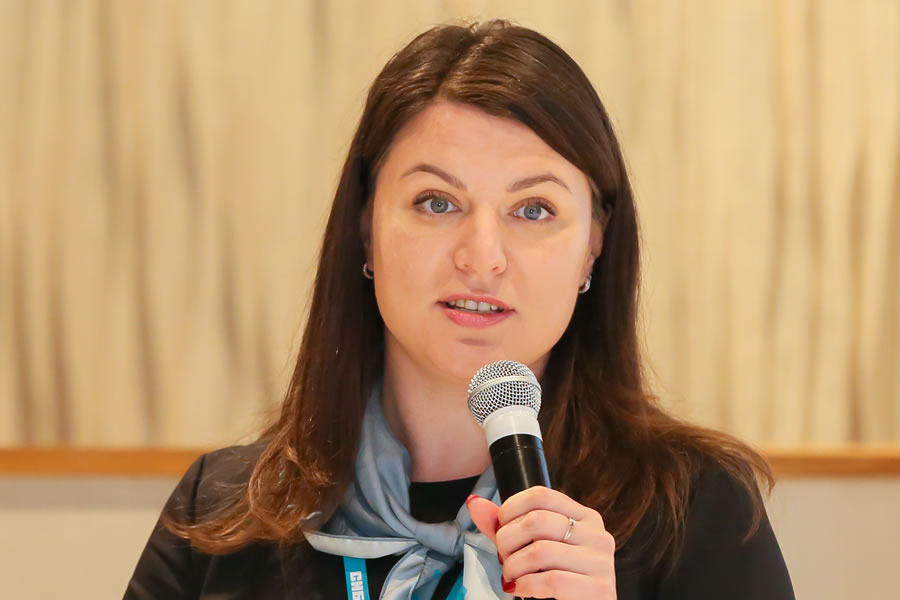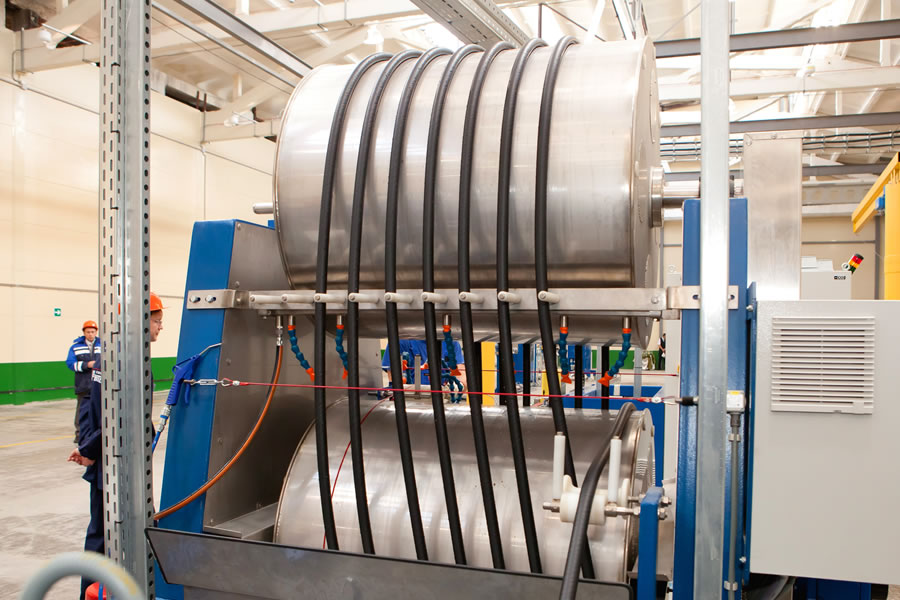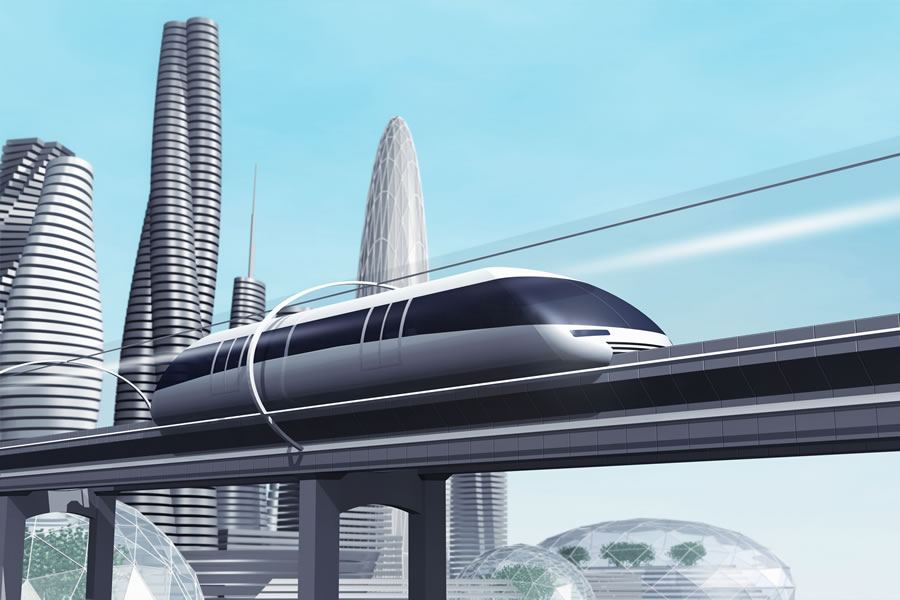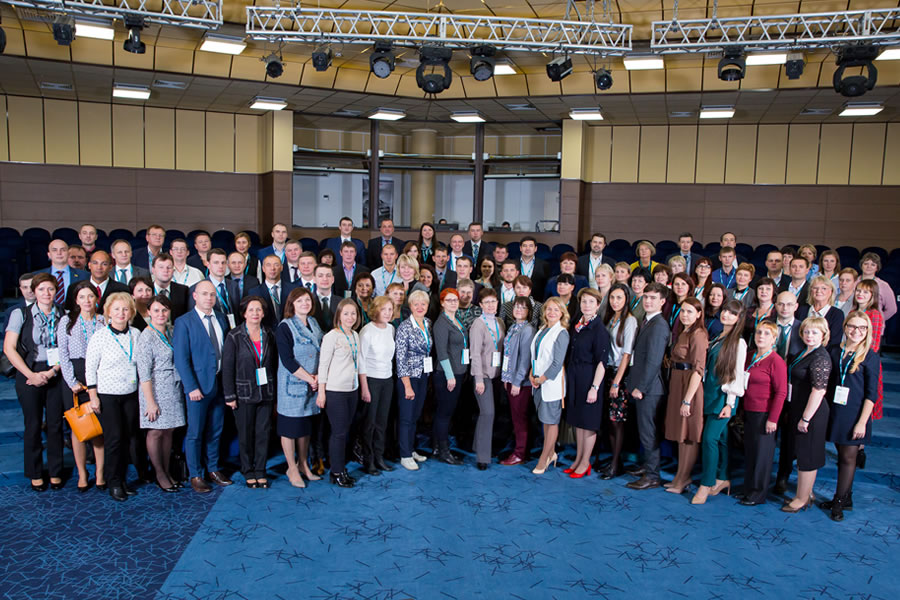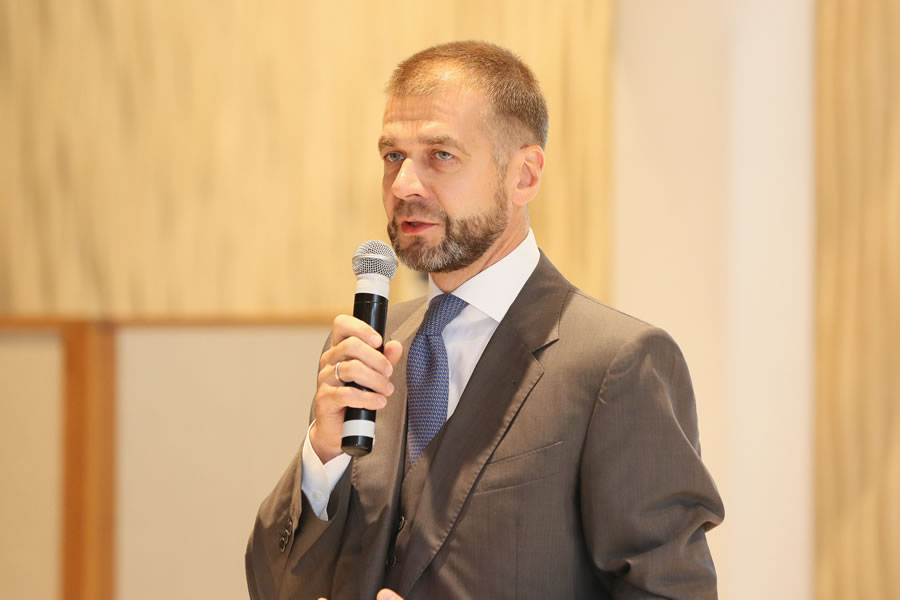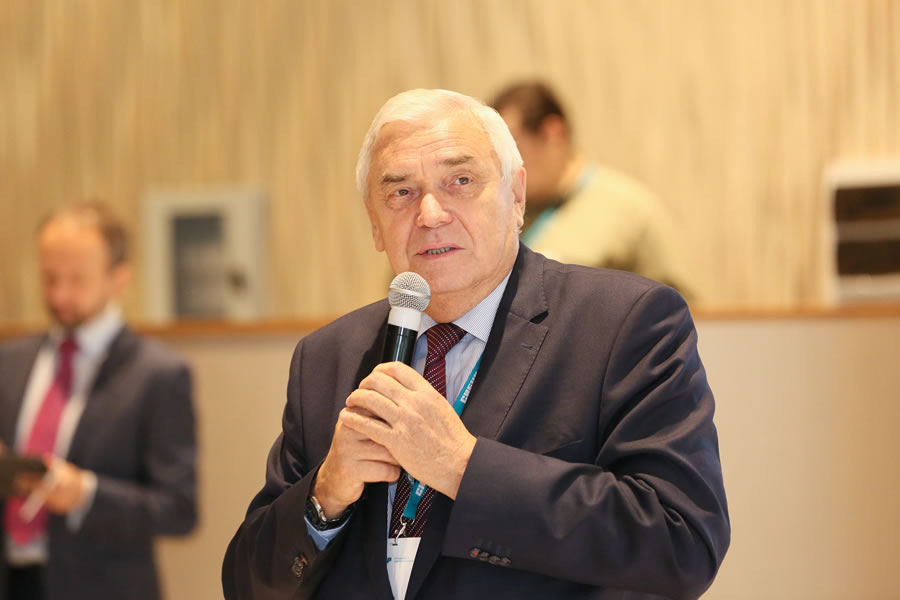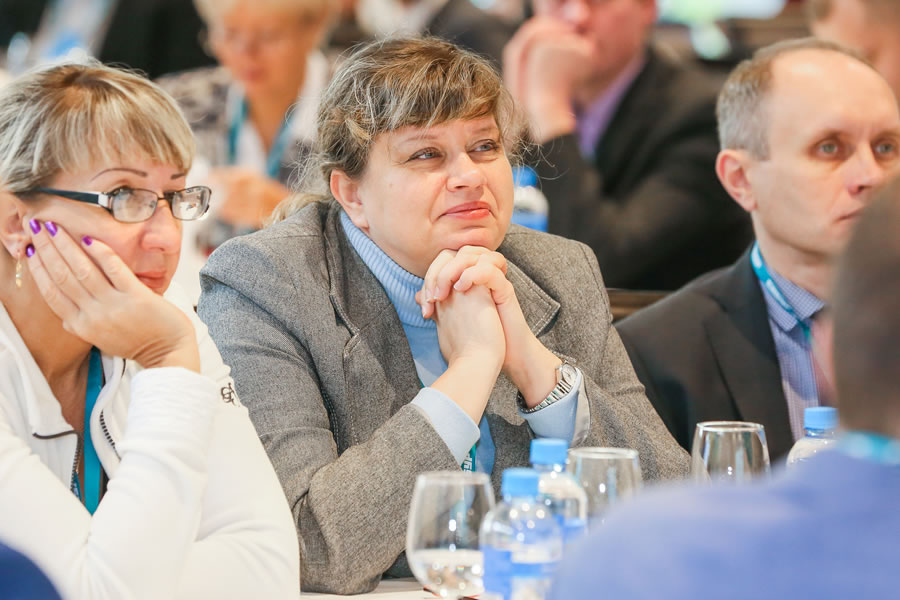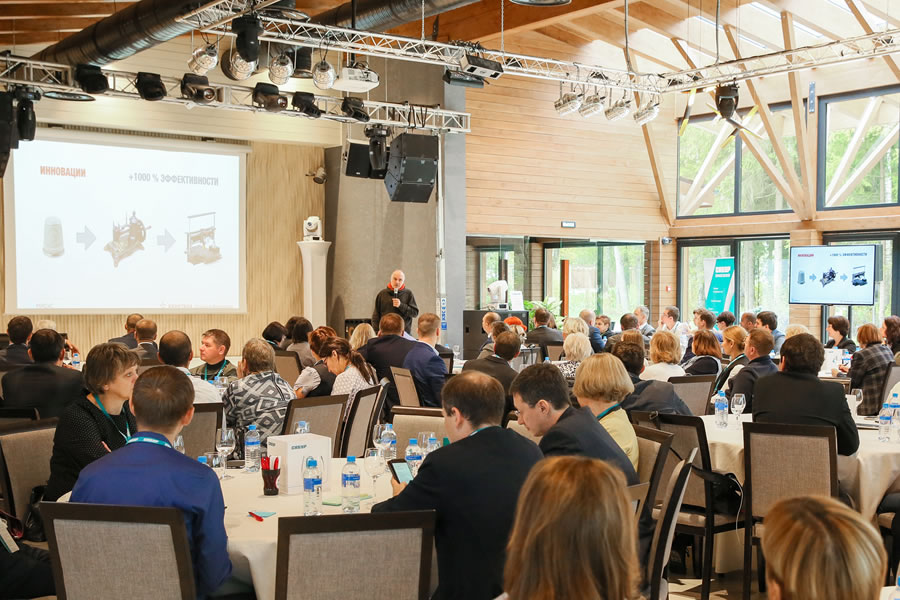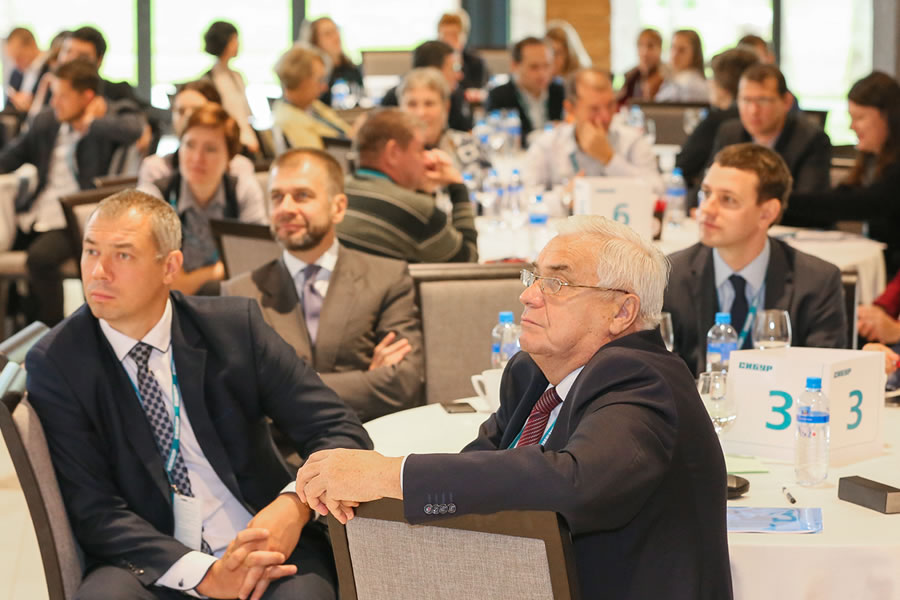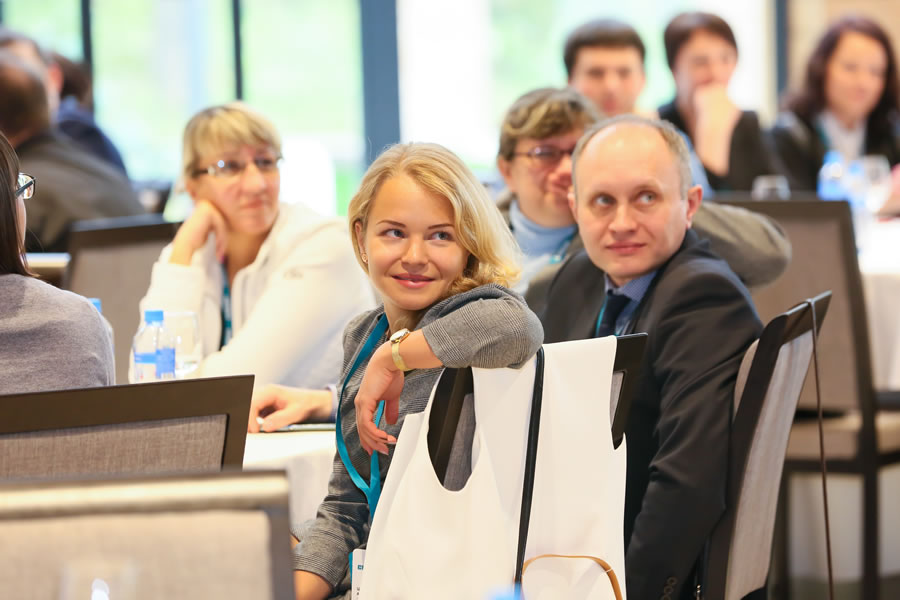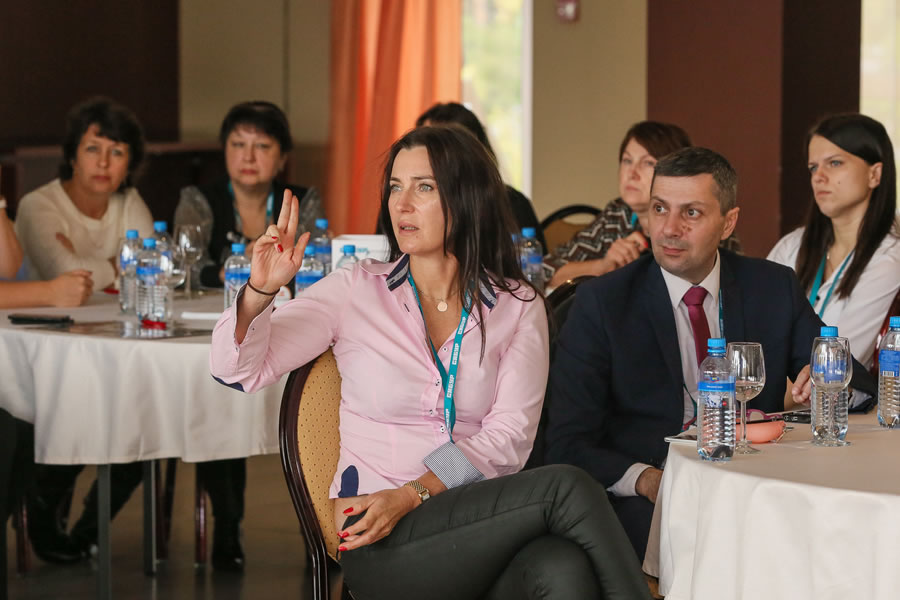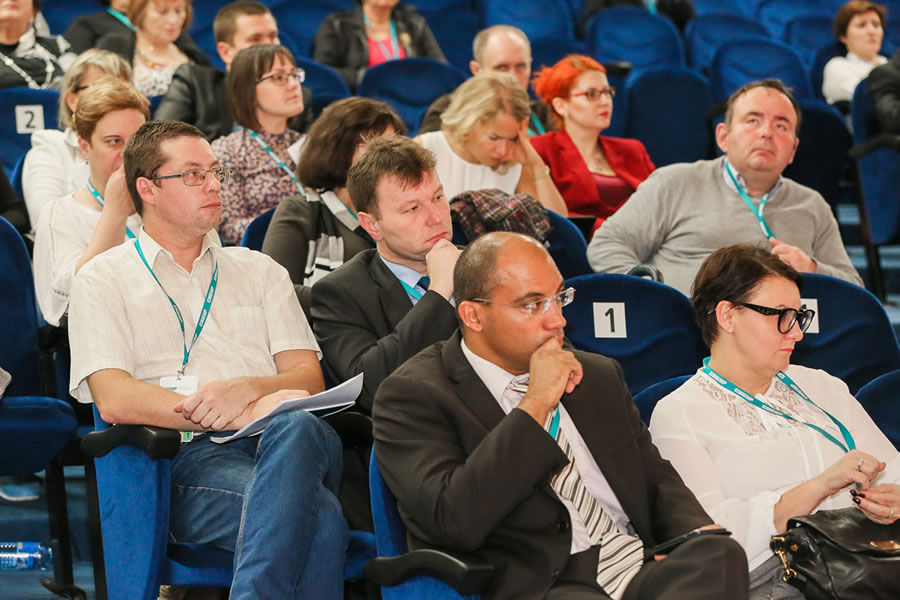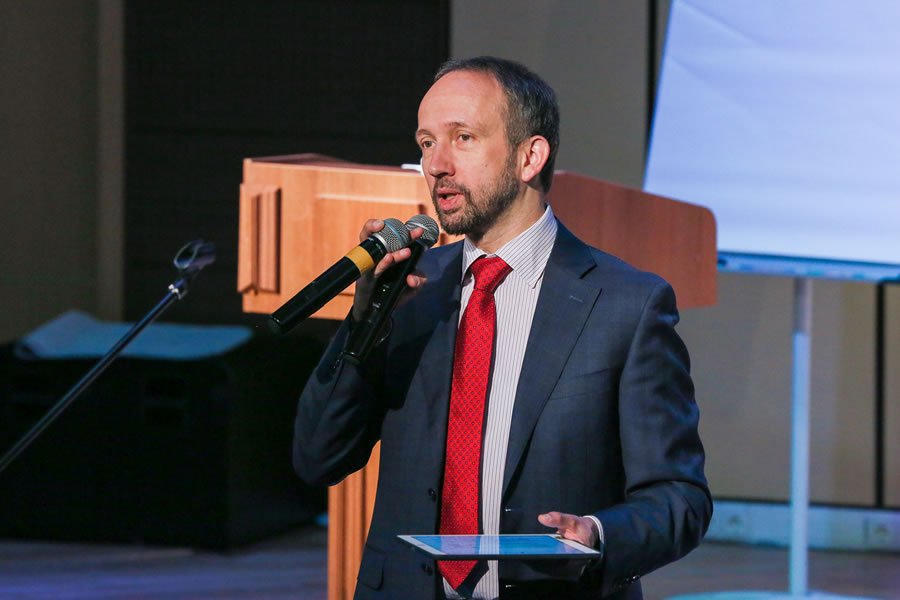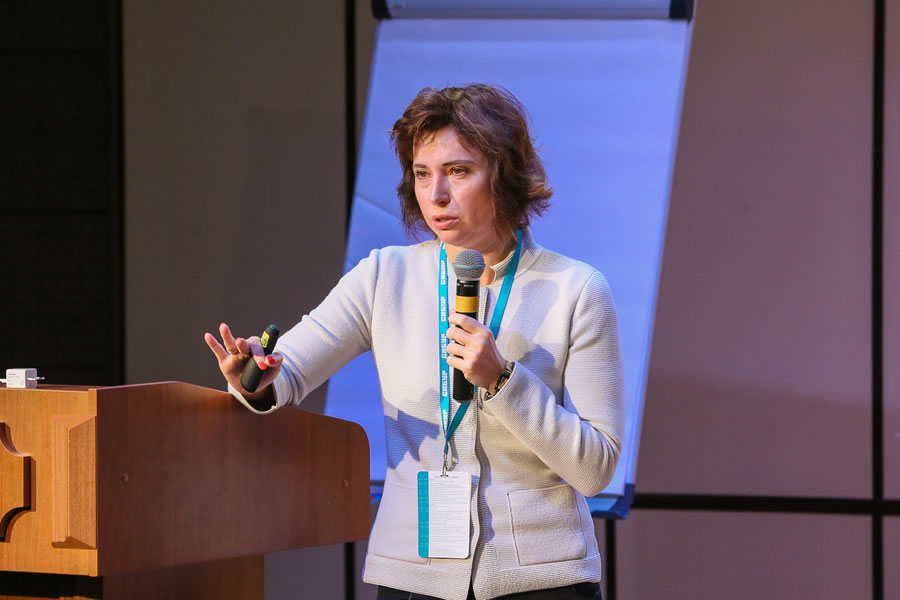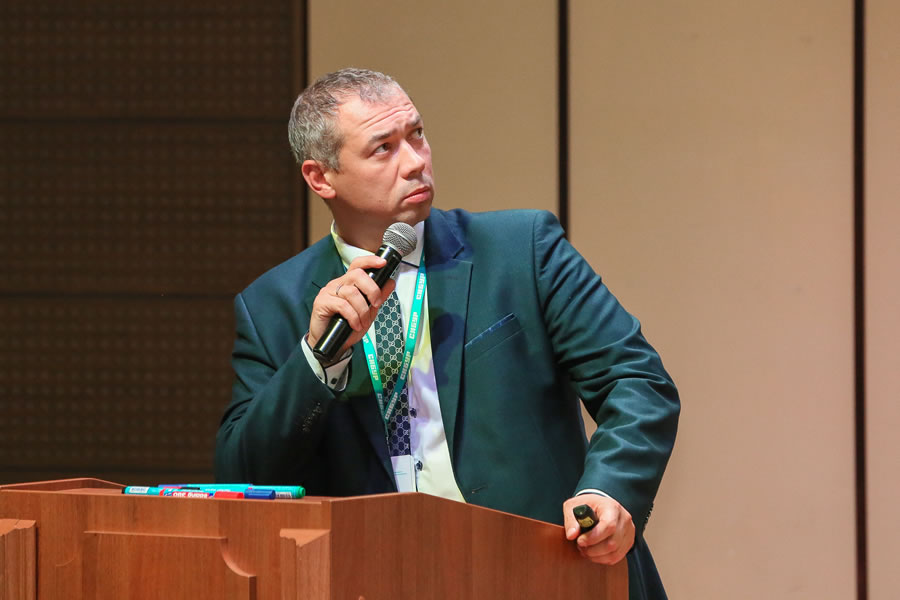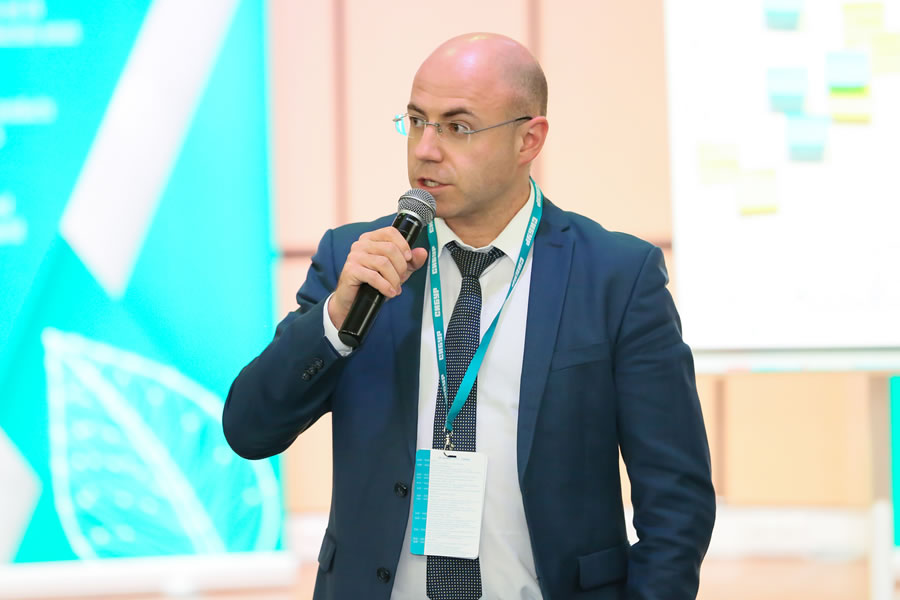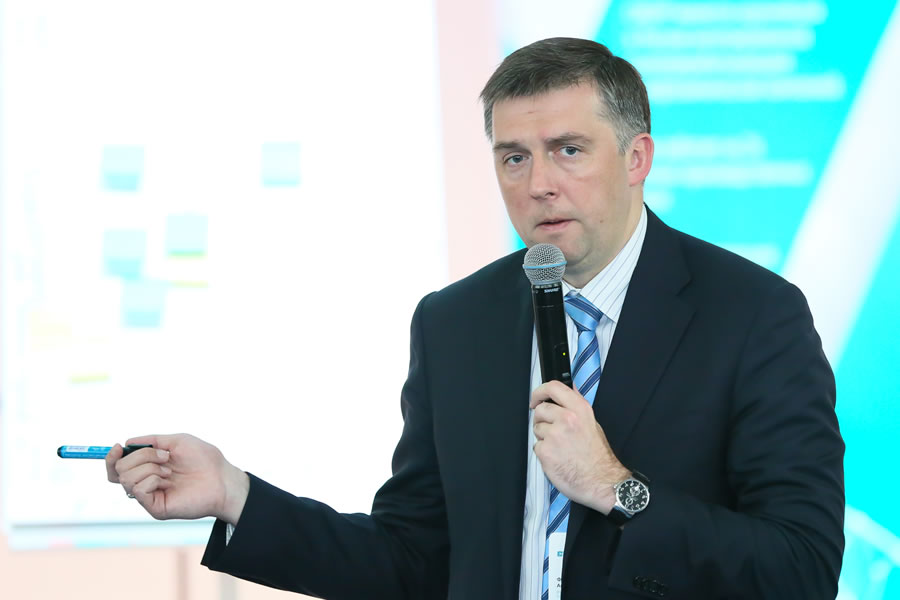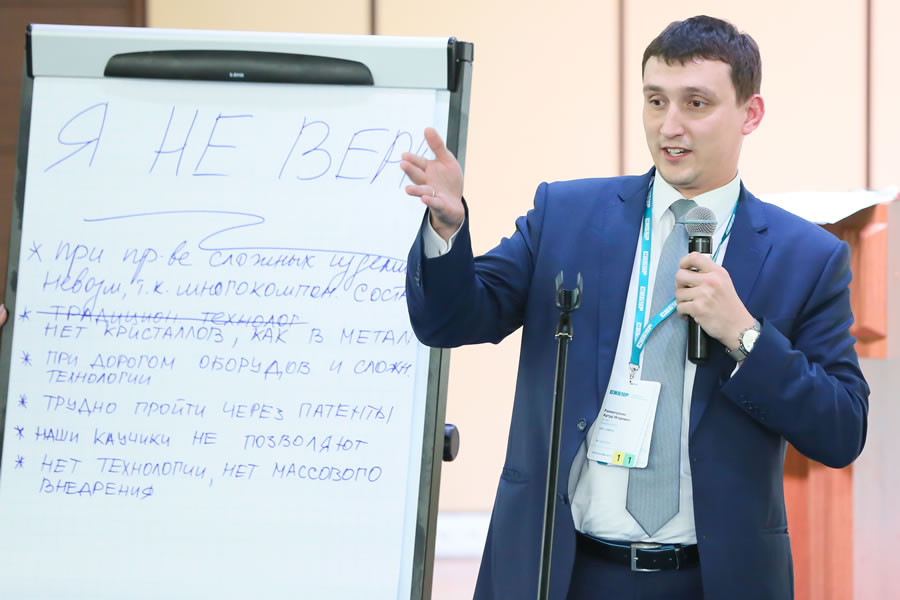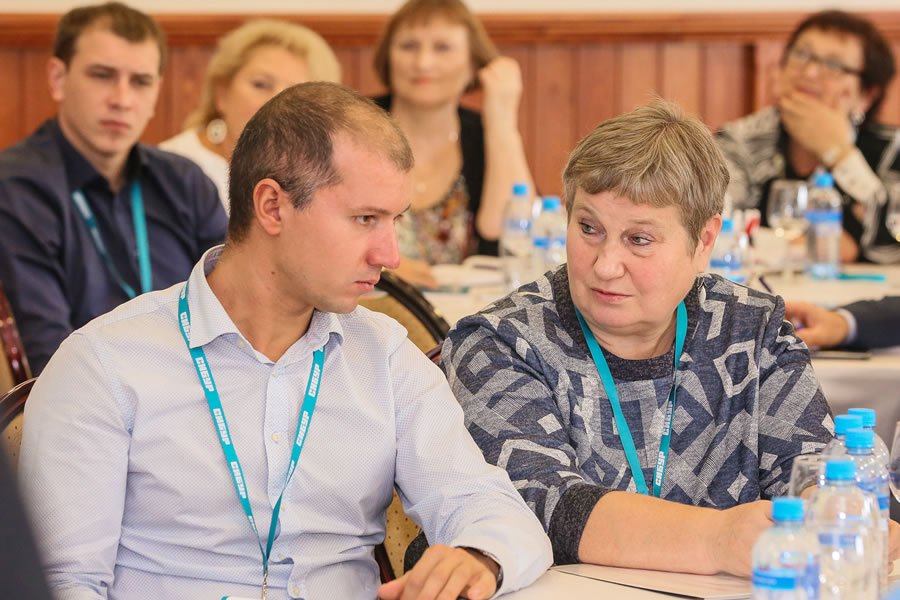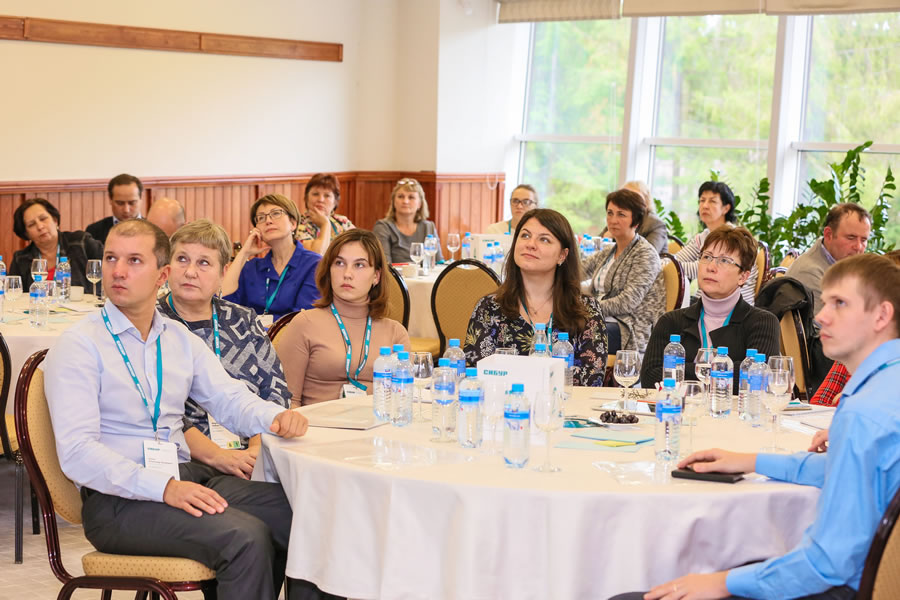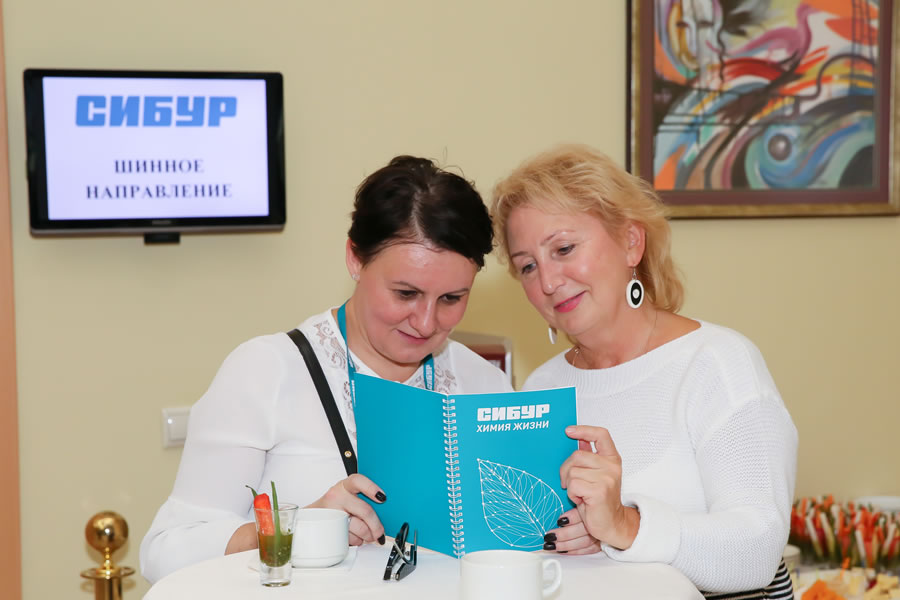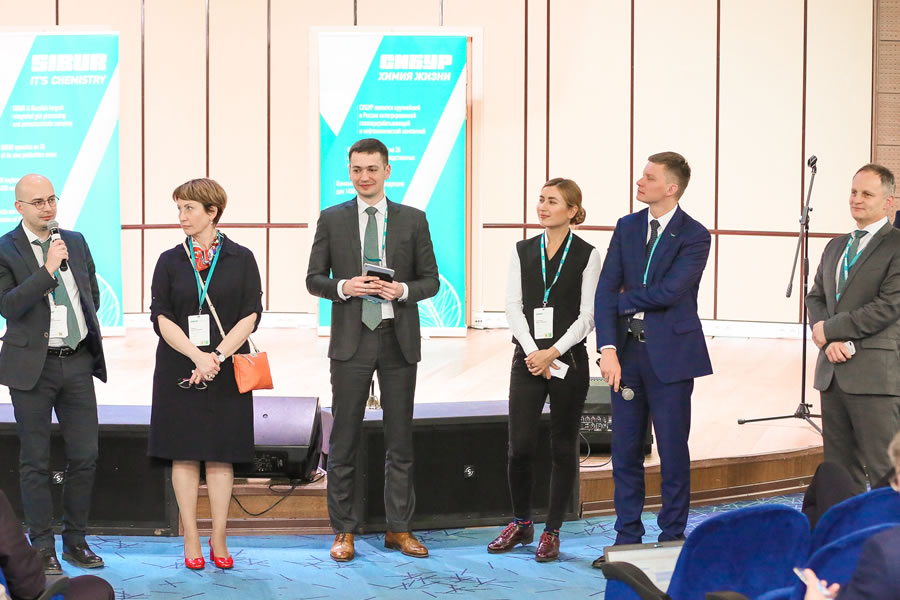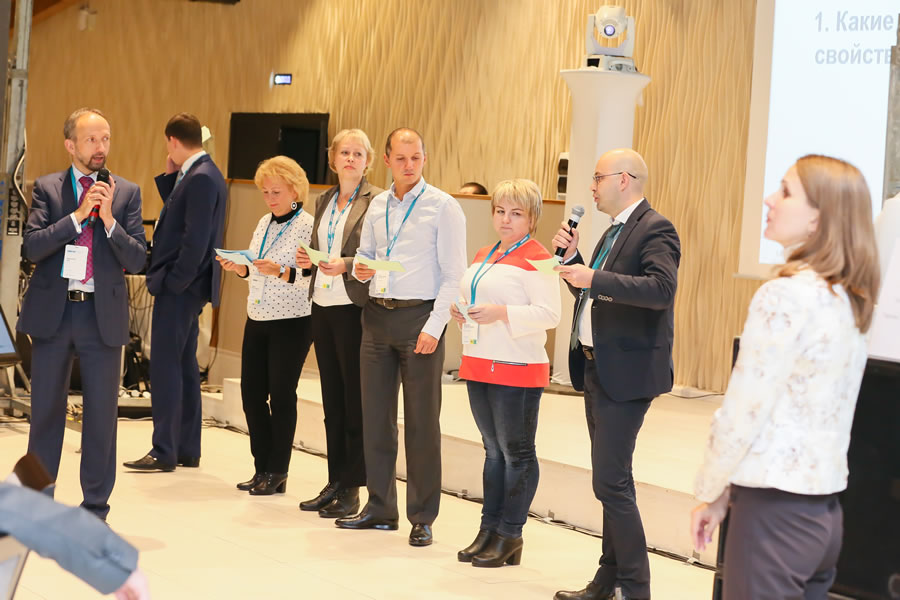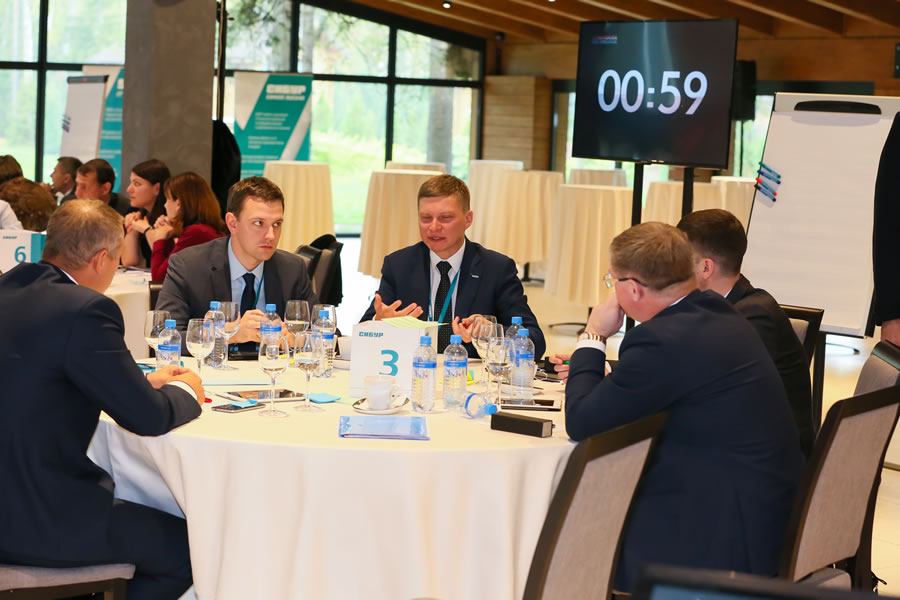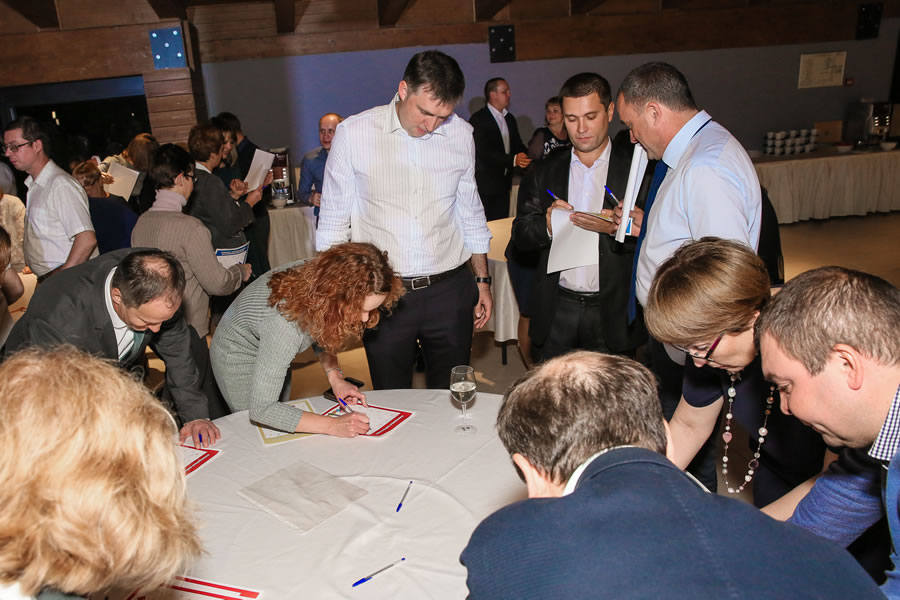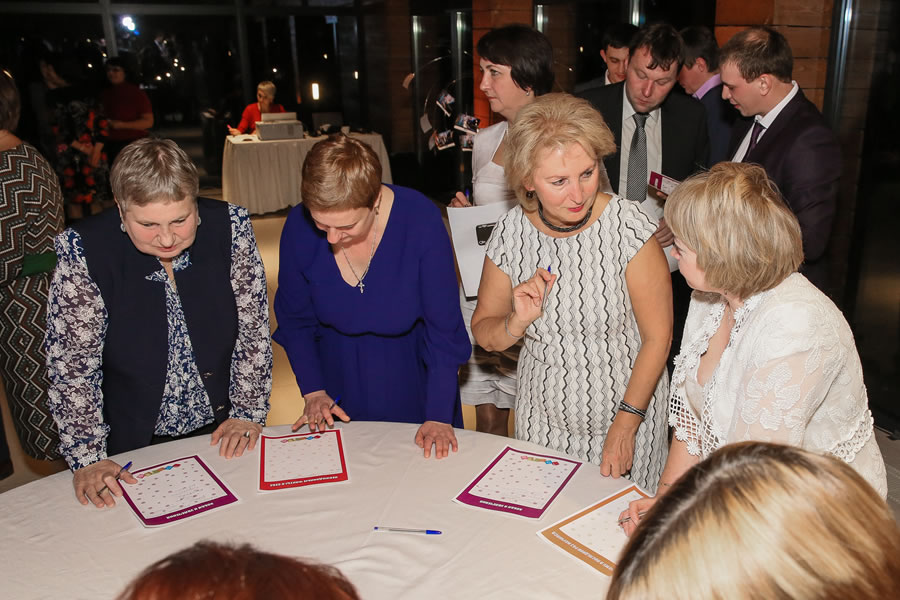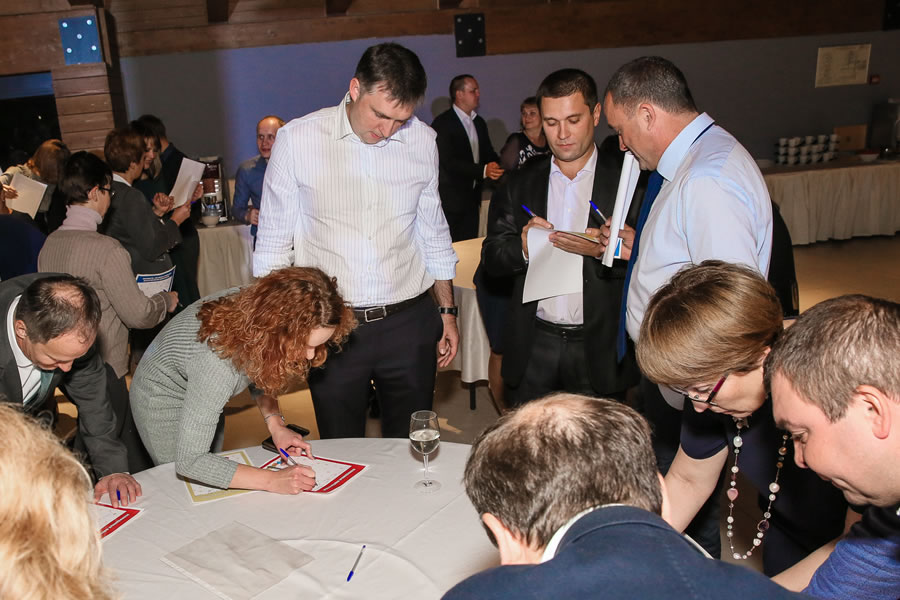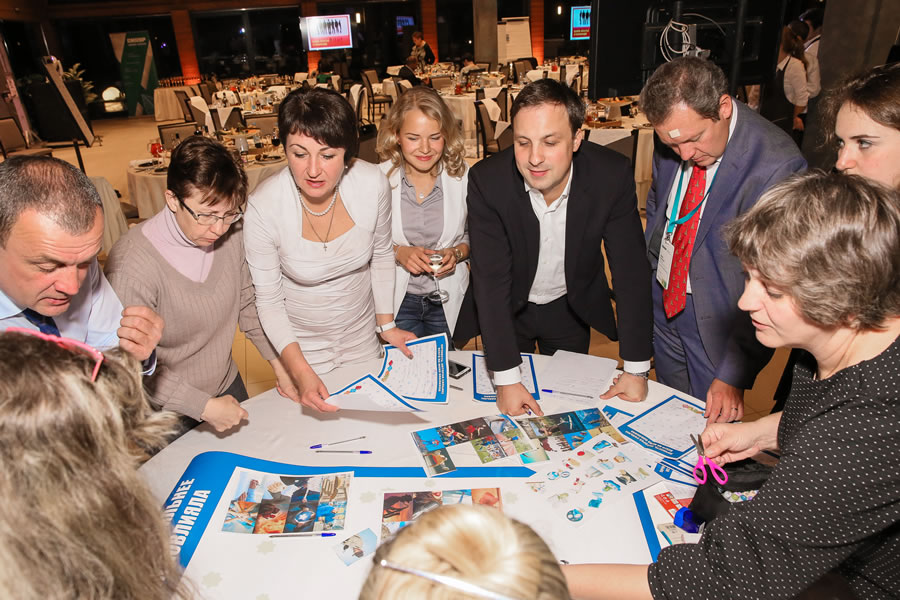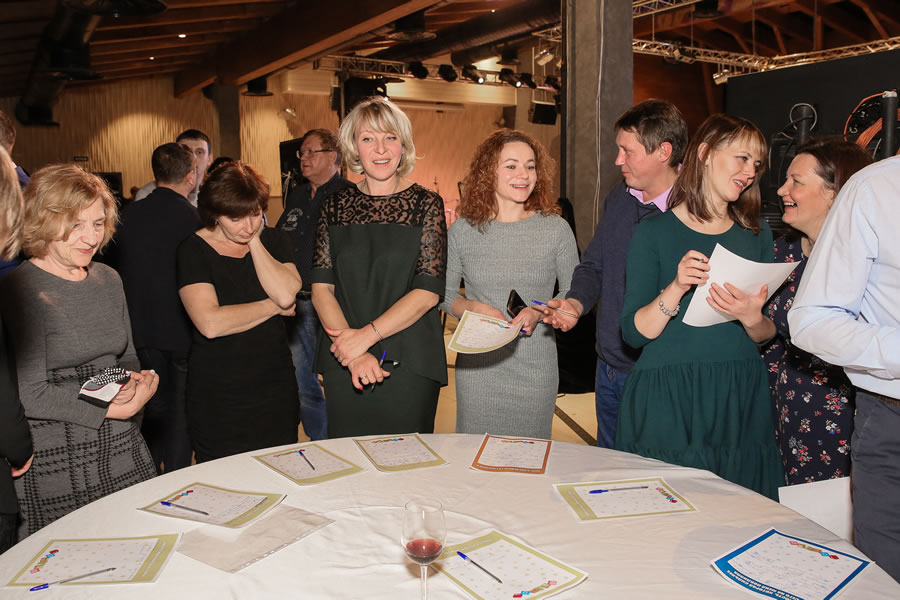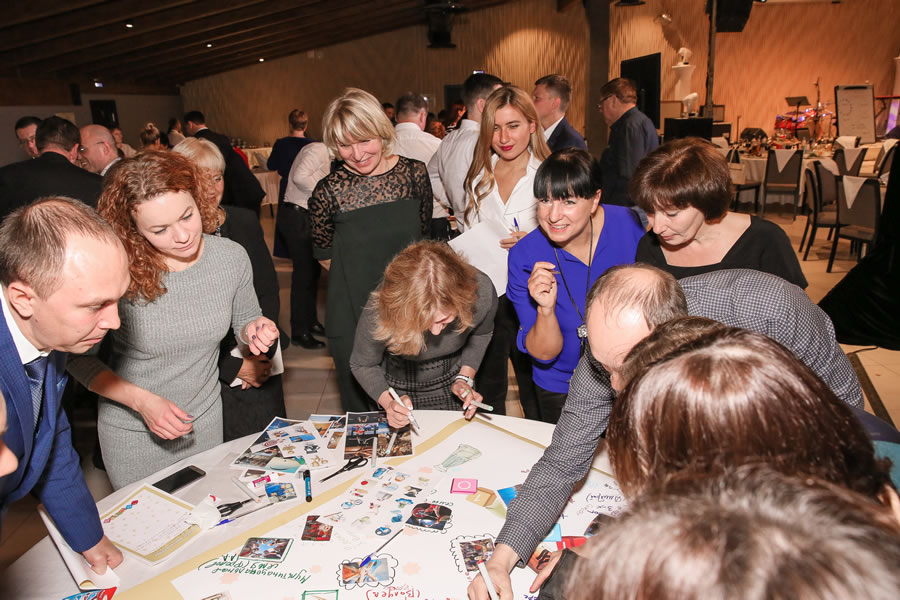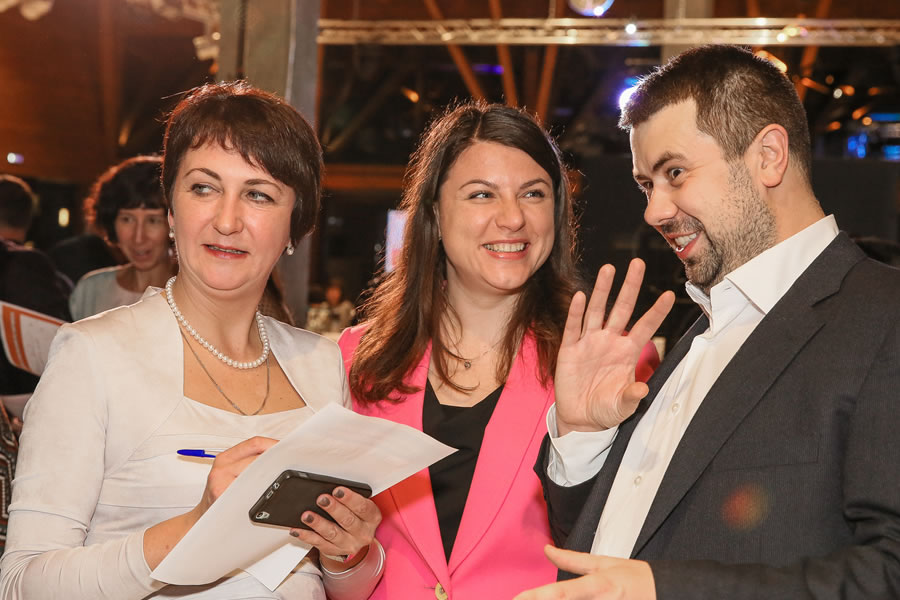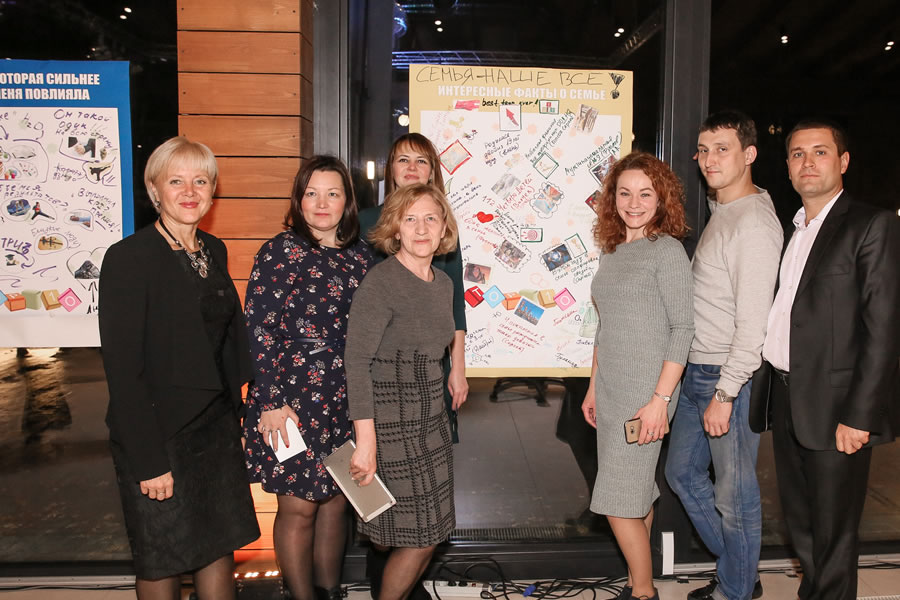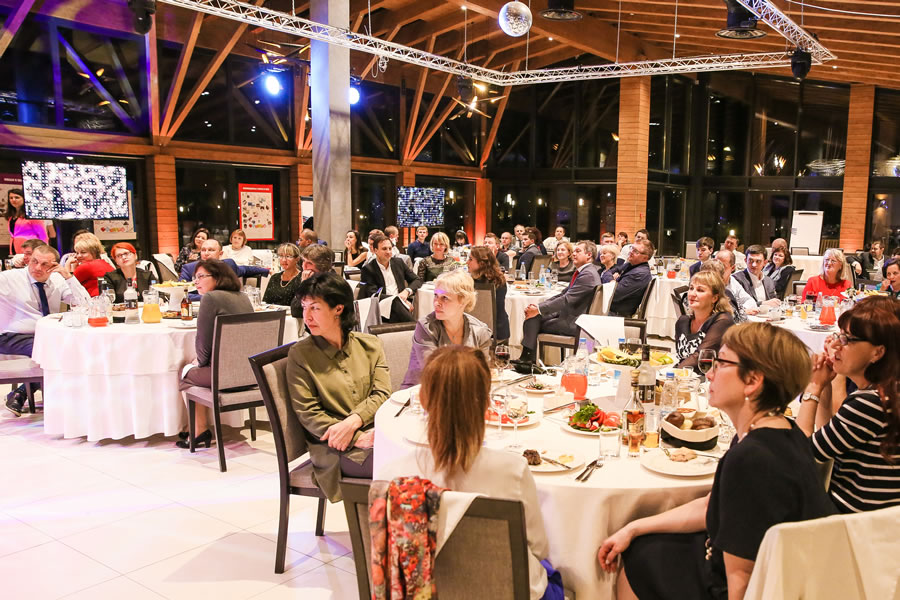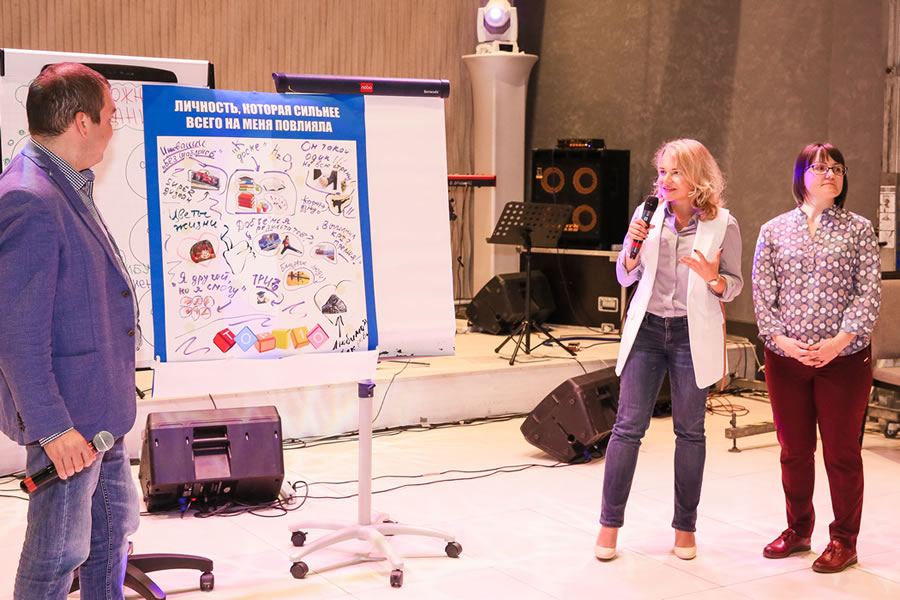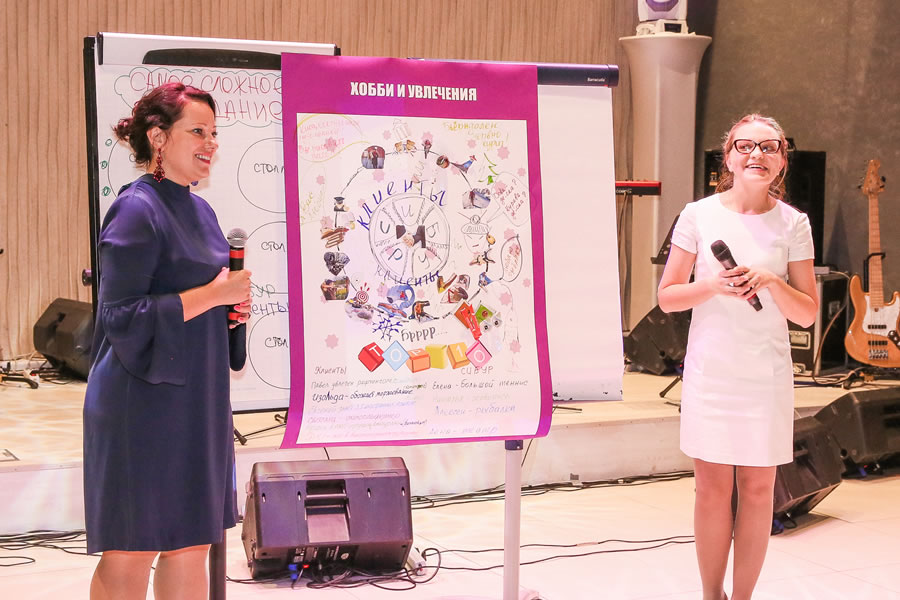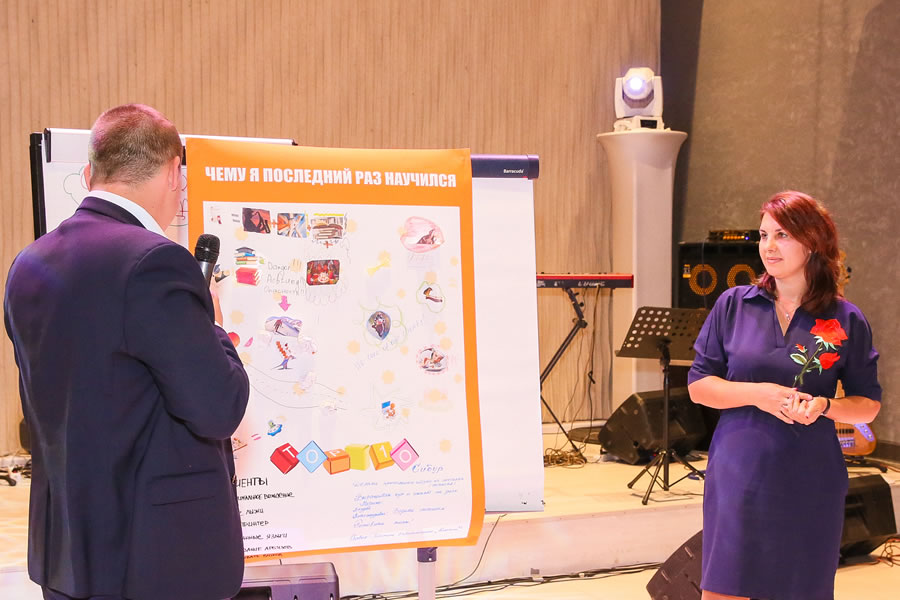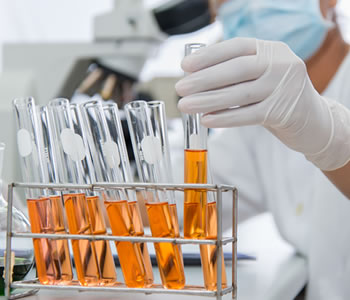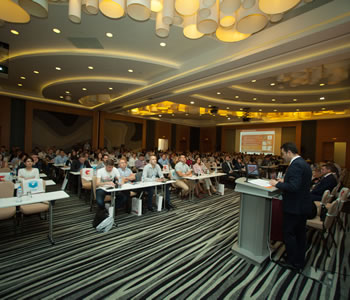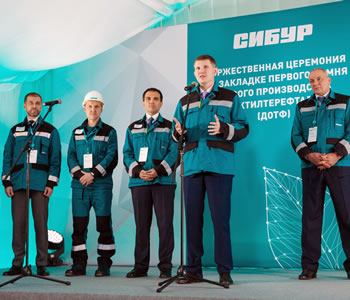Advanced grades of synthetic rubber, their possible application in new products and consumer market trends are just some of the topics that were discussed at SIBUR’s customer conference which took place in the Moscow Region in early October and was attended by representatives of companies that produce tyres and industrial rubber products (IRP).
“SIBUR’s conference on rubbers is our sixth non-profit customer event,” said Andrey Tikhonov, Head of Product Development and Technical Support at SIBUR's Plastics and Organic Synthesis Division. “As the conference has already become a good tradition, it is increasingly hard to maintain the participants' interest in the synthetic rubbers agenda. This year, we decided to go beyond our narrowly focused discussions on rubber quality and suggested a new format of interactive sessions dedicated to consumer properties of rubbers in the mid- and long-term perspective viewed through the lens of requirements imposed on components for the future automotive industry. To maximise the participant engagement, we provided different options, including public discussions and dedicated mobile applications to ask questions to the speakers and stay up to speed on customer demand through online surveys. On top of that, our conference is yet another socialising and networking possibility for the industry professionals.”
On the cusp of change
There are currently 13 big tyre plants in Russia, including those that produce tyres under global brands (Bridgestone, Pirelli, Michelin, Nokian). This is a fairly recent development that came primarily in response to the growing number of local car manufacturing projects for foreign brands. Such manufacturers are one of Russia’s largest groups of synthetic rubber consumers.
The catch is that the automotive industry is very sensitive to economic downturns: the domestic demand for new cars has been steadily shrinking since 2013. This year the sales have finally picked up, but they are still a far cry from the pre-crisis levels. For example, in accordance with PwC's baseline scenario, passenger car sales will increase to 1.4 m units in 2017 and to 1.88 m in 2021. For reference, the 2012 sales numbers amounted to 2.76 m cars.
However, tyre producers were able to mitigate the adverse trend. “As the rouble was depreciating, tyre producers were able to redirect a part of their output to foreign markets. On the other hand, these very FX changes also helped drive imports out of the market,” said Larisa Bondar, Head of Synthetic Rubber & Thermoplastic Elastomers Marketing at SIBUR’s Plastics and Organic Synthesis Division, in her speech at the conference.
Larisa Bondar noted that tire manufacturers may quickly reorient themselves to foreign markets.
Now that the domestic market is starting to gain traction again, some owners of tyre plants have announced capacity expansion projects that are aiming to accommodate the future demand. In addition to the recovering car sales, the market can also be swayed by changes in the regulatory domain, such as stricter rules on using worn tyres. While Russia does have the same tread depth requirements as in Europe, the fines in our country are disproportionately lower: RUB 500 in Russia vs up to EUR 2,000 in Europe.
A conducive environment may spur technological development in the industry, with tyre companies starting to roll out some exciting new products in the near future. For example, there is a growing demand for tyres for hybrid vehicles and electric cars, as they are energy-efficient and safe at the same time. In addition, the conference has drawn tyre producers’ attention to some other highly relevant trends, such as the increasing popularity of car sharing services that allow people to rent cars for short periods of time, often by the minute. This may serve as a catalyst for changes in sales structure (if not sales volumes) due to the increase in B2B sales.
The growing popularity of short-term rental services may well lead to a change in the structure of sales.
In anticipation of innovations
Last summer, the government formulated the Automotive Development Strategy, designed for a period of up to 2025. The document contains tasks both to deepen localization of car production in Russia and to more actively include domestic players in the global supply chain.
Larisa Bondar notes that in recent years there has been a drop in demand not only for tyres, but for industrial rubber products (IRP) in general. But unlike in the tyre segment, IRP producers had a harder time establishing presence in foreign markets, which led to a decrease in production volumes.
Now that the demand is gradually recovering, the future looks brighter for the main consumer industries, with the Russian IRP market (conveyor belts, hoses, technical rubber plates, belts, automotive components, belts, etc.) set to grow at an average annual rate of 3%. “One of the possible solutions is to further increase production of rubber components for cars assembled in Russia, as they still largely come from imports,” added Larisa Bondar. The Strategy for the Development of the Automotive Industry up to 2025 approved by the government last summer comes in very handy in this context, as it seeks to both further localise car manufacturing in Russia and better integrate Russian players in the global supply chain.
In turn, IRP producers are considering new products to keep up with changes in demand. “For example, we are currently focusing on increasing the durability of items made from polybutadiene rubber BR-1203 Ti. They are largely produced under national defence contracts and are therefore subject to stringent requirements. I hope that SIBUR's engineers will come up with technological solutions to address this challenge. This is a realistic expectation given their strong expertise and the company’s state-of-the-art laboratories,” said Natalya Grechkina, Head of the Central Laboratory Bureau for preliminary processing of raw materials and adhesives at Kurskrezinotekhnika.
According to Ms Grechkina, her company is ready for extensive cooperation with the supplier, which would include testing new products at Kurskrezinotekhnika's laboratories. “We already have positive experience working together with SIBUR’s engineers. For example, when we needed to come up with products that could swell in aggressive environments, they offered us new grades of nitrile butadiene rubbers, SKN-18 and SKN-28, which worked out great for us,” added Natalya Grechkina. She believes that these collaborative efforts can pave the way for creating brand new products. Chloroprene rubber, which is used in products to ensure high fire resistance, is one of such examples. “The Armenian Nairit Plant used to produce this kind of rubber, but as it got closed, the market had to make do with a similar Chinese product of inferior quality,” said Natalya Grechkina.
According to Ms Grechkina, manufacturers of RTI are also guided by the development of options for the production of new products under the changing consumer comments.
A glance into the future
Conference organisers paid special attention to the impact long-term trends in technological development may have on the properties of synthetic rubber products. Discussion ran the gamut from innovative modes of transportation (such as Hyperloop) to cyber organisms.
Vladimir Pirozhkov, a futurist and car designer, made a big presentation. In the early 2000s, he worked on the Toyota Motor Triathlon Race Car with wheels that would automatically adapt to one of the three different road conditions: off-road, racetrack and city streets. The project still looks very impressive, but Mr Pirozhkov believes that such cars may become a common occurrence in the future.
Vladimir highlighted the following trends in tyre technology innovations:
• “Smart” tyres will be outfitted with sensors that would record data on temperature, pressure, and wear. After processing the data, the car’s on-board computer will signal the need to pump the tyres or, in a more distant future, do the job on its own. Continental has already presented such products.
• “Smart” tyres outfitted with thermo-piezoelectric elements will also produce energy, which is especially valuable for electric and hybrid cars. Tyre treads will be made up of three chambers that would adjust air pressure based on road and weather conditions. This product has already been presented by Goodyear.
• Additive manufacturing (3D-printed tyres) also opens up new horizons for tyre producers, as consumers will be able to retrofit their tyres at printing stations and modify tyre properties to fit specific road conditions. Michelin is one of the companies working on this concept.
• One of the boldest innovations is the spherical tyres, which will boost manoeuvrability of cars by adding the capability to move sideways. This is a real-life project – Goodyear's Eagle 360, which was named one of the 25 best inventions of 2016 by Time magazine.
Technological progress may have a serious impact on the characteristics of products made from synthetic rubbers.
The conference’s focus on future development trends was appreciated by its participants, as this approach seems fitting given the accelerated pace of technology innovation. “What I like about SIBUR’s customer events is that they do not focus on specific products, but instead look at a broader range of topics that may affect the industry. In particular, I enjoyed Vladimir Pirozhkov’s presentation in which he shared his vision of future modes of transportation and potential features of future-generation tyres,” commented Evgeny Kopnin, Pirelli’s Raw Materials Expert.
Guests of SIBUR’s sixth customer conference on rubbers.
Participants’ feedback
Sergey Lebedev,
Procurement Manager at Cordiant:
"The tyre industry is quite conservative: market players place the biggest value on stable properties of raw materials, as well as practicality and machinability of the resulting products. But consumers strive for innovations. Of all the steps taken recently to improve our products, I would like to emphasise the use of solution styrene butadiene rubbers (SSBR), which increased the fuel efficiency of tyres while also enhancing their grip on wet roads.
I think that customer conferences are of great importance. On the one hand, they provide very interesting and useful information, on the other – they give us a chance to mingle with our colleagues who may not always be available in a remote mode."
Evgeny Kopnin,
Raw Materials Expert at Pirelli Tyre Russia:
"We actively cooperate with SIBUR not only on the procurement side, but also when it comes to product testing. The tests are carried out both in laboratories and on-site.
Of all SIBUR products that we are currently using, I would like to give a special mention to solution styrene butadiene rubbers (SSBR-2560-М27), as they combine well with silica in compounds and greatly enhance the tyre grip. The new SIBUR products that we are testing right now may, however, dethrone this grade, once they are marketed after the successful testing. Functional grades of rubbers is what interests us most here. In addition, Pirelli needs halogenated rubbers that SIBUR and Reliance Industries Limited (RIL) plan to jointly produce in India, including the bromobutyl rubbers that are used to manufacture the inner liner of tyres.
There have never been serious problems during our time working with SIBUR, as all issues were resolved in a timely manner. I hope this will continue to be the case going forward."
Lyudmila Letova,
Head of Technical Quality Control Department at EladGermes:
"Our company produces rubber mixtures, technical rubber plates and adhesives for the aircraft industry. Our customers include Irkut Corporation, Komsomolsk-on-Amur Aircraft Plant and numerous aircraft maintenance companies. The main component of our products is nitrile rubber that we buy from SIBUR. As the majority of our products are destined for the defence industry, we take a conservative approach to the expansion of our product mix. For us, pricing and rubber quality are two things that matter most, and SIBUR has been a great partner on both fronts.
It is my fourth customer conference with SIBUR. I think that such events are very useful for the industry, because they give an opportunity to meet and tackle business issues in person. I hope SIBUR will continue to heed recommendations and concerns voiced at customer conferences and maintain the invariably high level of product quality."
Ksenia Zharova,
Director for Procurement and Foreign Trade at RubEx Group:
"Our company operates two Russian plants that produce conveyor belts, hoses and other moulded and non-moulded rubber products. We are fully satisfied with the quality of SIBUR’s products.
Our main recommendation for the purchased rubbers is to focus more on the combination of good cold and heat resistance in a single product. Unfortunately, right now these properties are only available in different products, with no universal option on the table. I hope to see such solutions some time in the near future, as these are the features that our customers strive to see in a finished product.
Over the past few years, SIBUR has significantly changed its approach to working with partners. The company has come up with several new customer programmes that review cooperation principles (including discounts). RubEx Group highly appreciates these initiatives, as they demonstrate the company’s flexibility in customer relations and work well for both parties’ bottom lines."
Izolda Szczerbicka,
Procurement Director at Rubber Department of Konimpex:
"Our company has long been working with SIBUR, our main supplier. In recent years, we have observed consistent improvements in the quality of rubbers (especially the butadiene-styrene ones).
Competition in the rubber segment has become significantly tougher, and the company’s products are now effectively up against European and Chinese goods of comparable quality, which means that SIBUR’s pricing, consistency of supplies and service quality gain paramount importance. Tailored approach to customers and effective technical communication are also of major significance. SIBUR has excelled in all these areas thanks to its customer-oriented improvements and transparency.
I am happy to attend this customer conference, as it gives me an opportunity to share the feedback from our consumers in various markets with SIBUR’s management, and also learn more about the company’s development plans to keep our clients updated on them. Previously, these events focused primarily on the technical issues, but a customer forum offers more value as it allows participants to talk to the company’s management. On top of that, the conference helps engage in an active dialogue and enhance mutual understanding, which is another advantage of this format."
Download PDF

